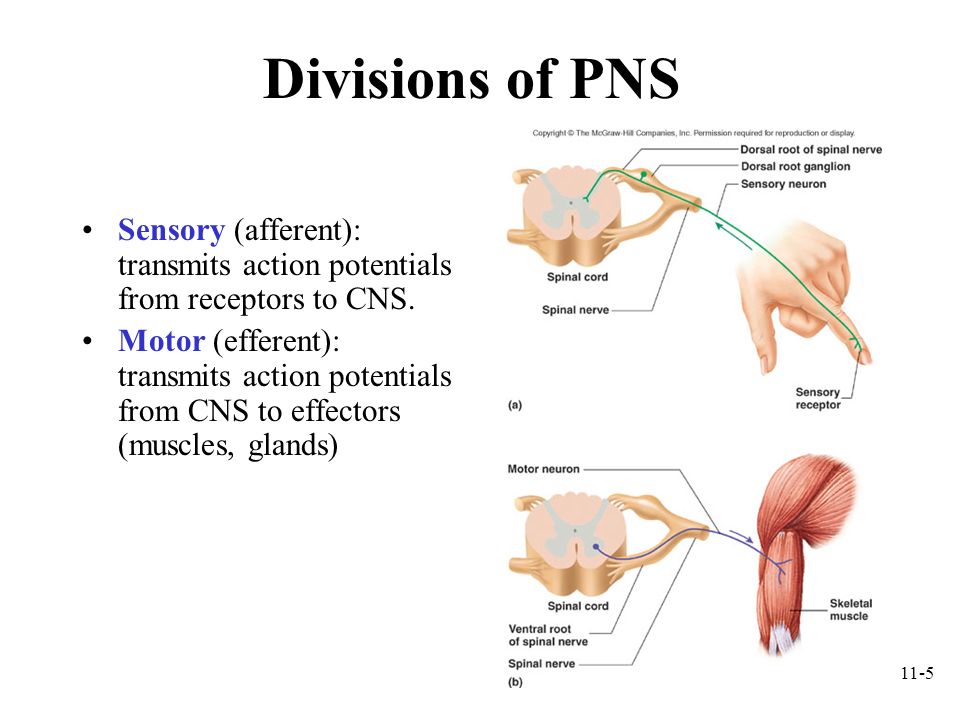

Some of the branches activate motor neurons innervating the quadriceps while other branches synapse on inhibitory interneurons. The stimulus transmits to the dorsal horns, which have sensory fibers that synapse with interneurons of the spinal cord. The tap to the tendon, which is the stimuli, accomplishes both contraction of the quadriceps muscle and reciprocal inhibition of the hamstrings. Explain WHY striking the tendon result in stretching of muscle spindle fibers. c) Striking the patellar tendon causes stretching of the muscle spindle fibers. Because the autonomic nervous system regulates involuntary or automatic functions, it is called the involuntary nervous system. b) Draw ARROWS to show the sequence of events. It is further subdivided into sympathetic and parasympathetic divisions. The autonomic nervous system, also called the visceral efferent nervous system, supplies motor impulses to cardiac muscle, to smooth muscle, and to glandular epithelium. Because these nerves permit conscious control of the skeletal muscles, it is sometimes called the voluntary nervous system. The somatic nervous system, also called the somatomotor or somatic efferent nervous system, supplies motor impulses to the skeletal muscles. The efferent or motor division transmits impulses from the CNS out to the peripheral organs to cause an effect or action.įinally, the efferent or motor division is again subdivided into the somatic nervous system and the autonomic nervous system. The afferent or sensory division transmits impulses from peripheral organs to the CNS. The peripheral nervous system is further subdivided into an afferent (sensory) division and an efferent ( motor) division. Ganglia are collections, or small knots, of nerve cell bodies outside the CNS. Cranial nerves and spinal nerves extend from the CNS to peripheral organs such as muscles and glands. Nerves are bundles of nerve fibers, much like muscles are bundles of muscle fibers. The organs of the peripheral nervous system are the nerves and ganglia. Although considered to be two separate organs, the brain and spinal cord are continuous at the foramen magnum. The brain is in the cranial vault, and the spinal cord is in the vertebral canal of the vertebral column.

Because they are so vitally important, the brain and spinal cord, located in the dorsal body cavity, are encased in bone for protection. The brain and spinal cord are the organs of the central nervous system. The nervous system as a whole is divided into two subdivisions: the central nervous system ( CNS) and the peripheral nervous system ( PNS). Each subdivision has structural and functional characteristics that distinguish it from the others. Although each subdivision of the system is also called a "nervous system," all of these smaller systems belong to the single, highly integrated nervous system. Acknowledgements Organization of the Nervous SystemĪlthough terminology seems to indicate otherwise, there is really only one nervous system in the body.


 0 kommentar(er)
0 kommentar(er)
